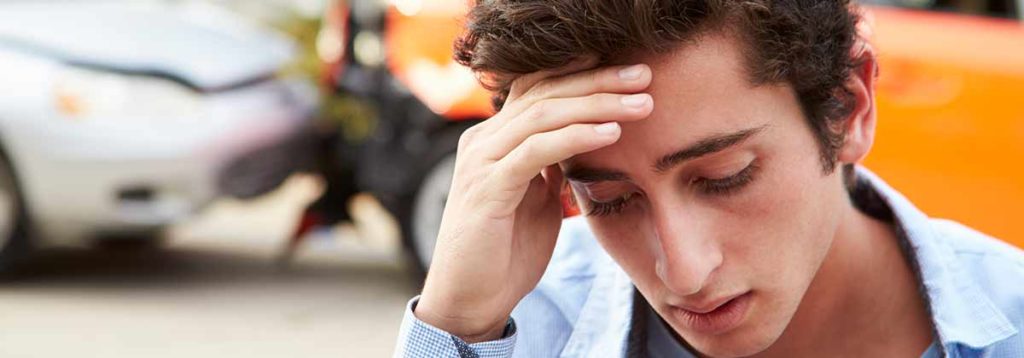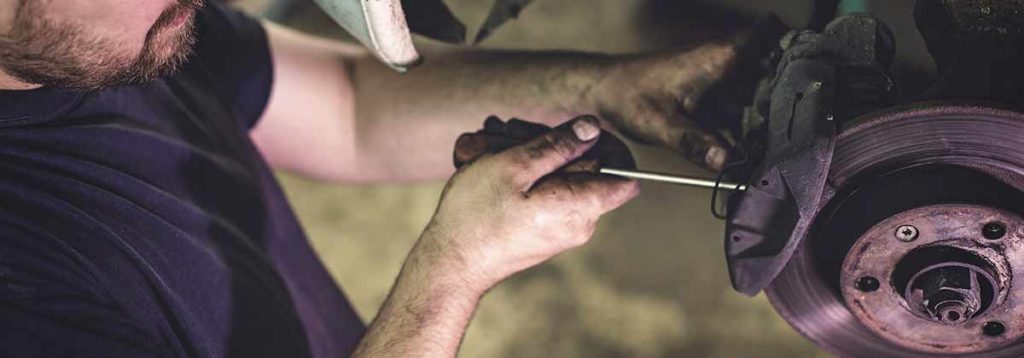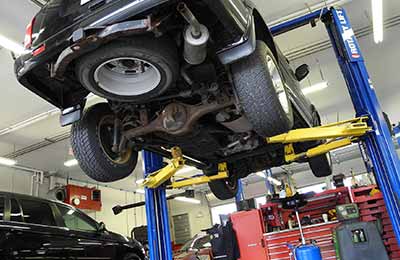
If the other driver is clearly at fault, then your property damage claim should be filed through their insurance company. They would then be responsible for the repairs to your vehicle, as well as a rental car, while your vehicle is in the auto body shop.
If it is unclear as to who is at fault, then the property damage claim should be filed with your own insurance company to pay for the repairs and get you a rental car. They will deal with the other driver’s insurance company to determine who pays what.

If your vehicle is totaled, the insurance company will often try to determine the pre-accident value by consulting the Kelley Blue Book. Although you may reject the number offered by the insurance company, you must present evidence that shows why your vehicle is worth more than the insurance company has offered. The insurance company for the other driver (who is responsible for the accident) is also liable to pay for the towing and storage of your car until it is determined whether it can be repaired or is a “total loss.”

If the car is not found to be a total loss, then the repairs will be covered by the insurance company. It is important to have the insurance adjuster negotiate the amount of damage to your car with the repair shop. This is the case because the person repairing the car is in the best position to determine what repairs need to be made and how much it will cost.
There are many steps that follow an auto accident, and each should be taken into careful consideration in order to properly file a property damage claim. Having an experienced lawyer by your side through this process can help you make informed decisions about what to do next and can result in a larger settlement or award in your case. Read more.
